Description
Both Krennerite and Hessite have a hardness of 2 – 3, and while Krennerite has a specific gravity of 8.62, Hessite has a specific gravity of 8.24 – 8.45.
Krennerite was named in 1877 by Gerhard vom Rath in honor of József Sándor Krenner, the first one to describe the mineral as a crystallographer and curator of the Hungarian Mineral Museum and professor at the Technical University of Budapest. Krenner named this mineral “bunsenine” after Robert Bunsen, but vom Rath renamed it as bunsenite had previously been used as a mineral name.
Hessite was named in 1843 by Frobel in honor of Germain Henri Hess, a Swiss-Russian chemist who proposed Hess’s Law, which stated that the final thermodynamic energy of a series of chemical reactions is independent of the chemical pathway to that state.
According to Mindat, Krennerite is “closely related to calaverite. Maximal contents of silver in krennerite are 5-7 wt.%. Krennerite, Sylvanite, and Calaverite can be easily distinguished by their cleavage or its absence. Krennerite has a perfect cleavage on {001}. Sylvanite has a perfect cleavage on {010}, along the length of the crystal. Calaverite has no cleavage.”
Wikipedia has that one Krennerite specimen has been found to contain up to 24% Silver, but WebMineral has another analyzed specimen showing roughly 56% Tellurium and 44% Gold. Hessite is roughly 63% Silver and 37% Silver, so regardless of the actual content of the three elements in either mineral, with both minerals present, this rock would make for a great example for element collectors! It’d also make for a great sample for Colorado mineral collectors and Gold collectors!
Krennerite is found in around 133 locations worldwide and 31 within Colorado, typically around hydrothermal veins with Tellurium, and often associated with Quartz, Calaverite, Gold, Sylvanite, Tellurium, Fluorite, Rodalquilarite, Tellurite, Pyrite, and Petzite.
Hessite is found in maybe 1,000 localities worldwide and 58 within Colorado, typically near low to medium temperature hydrothermal deposits, often associated with Coloradoite, Chalcopyrite, Sphalerite, and Talc, in addition to the minerals also listed above as being associated with Krennerite.
Be sure to keep your eyes out for a rock like this and you might discover your new Gold Mine!


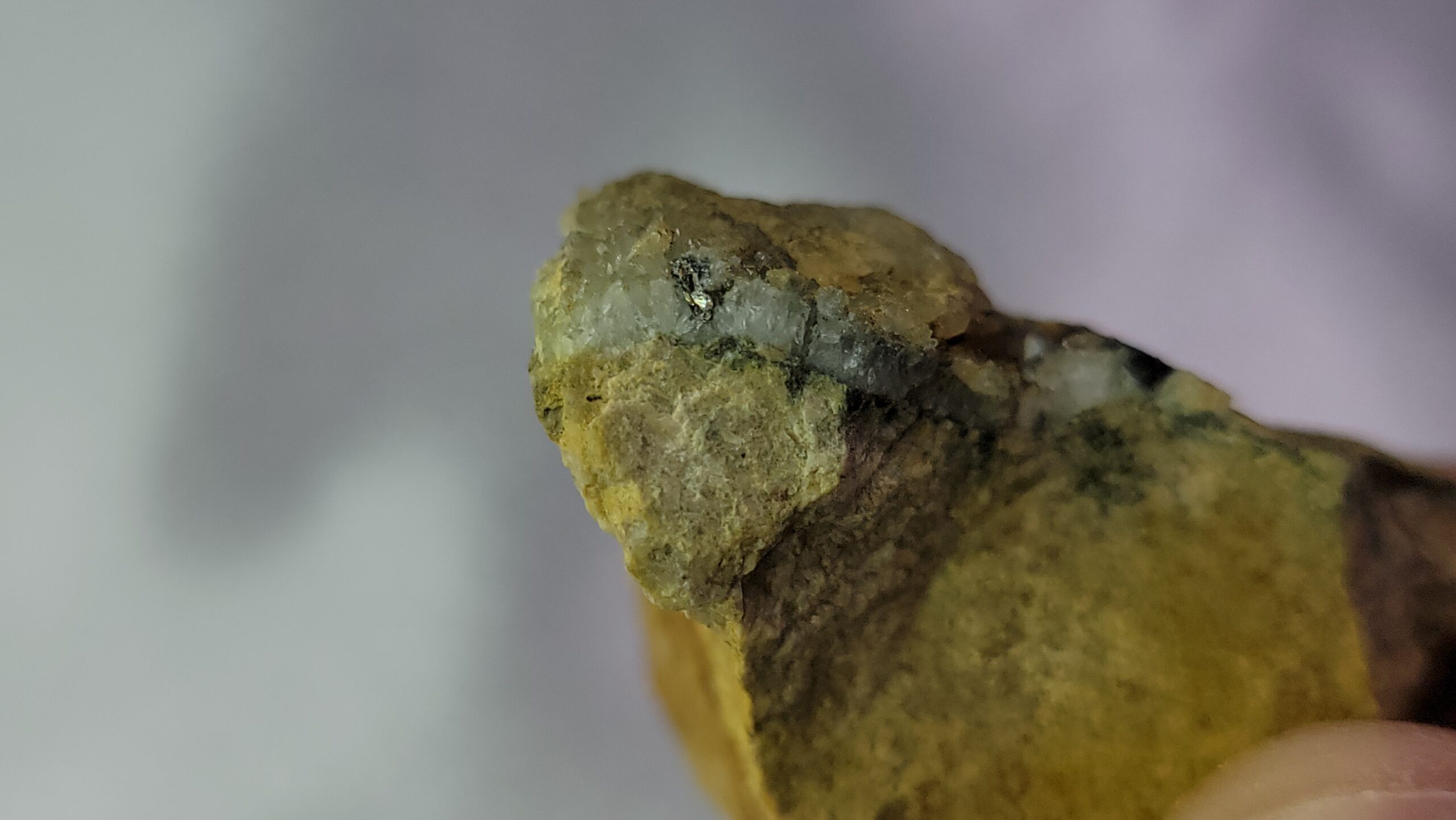
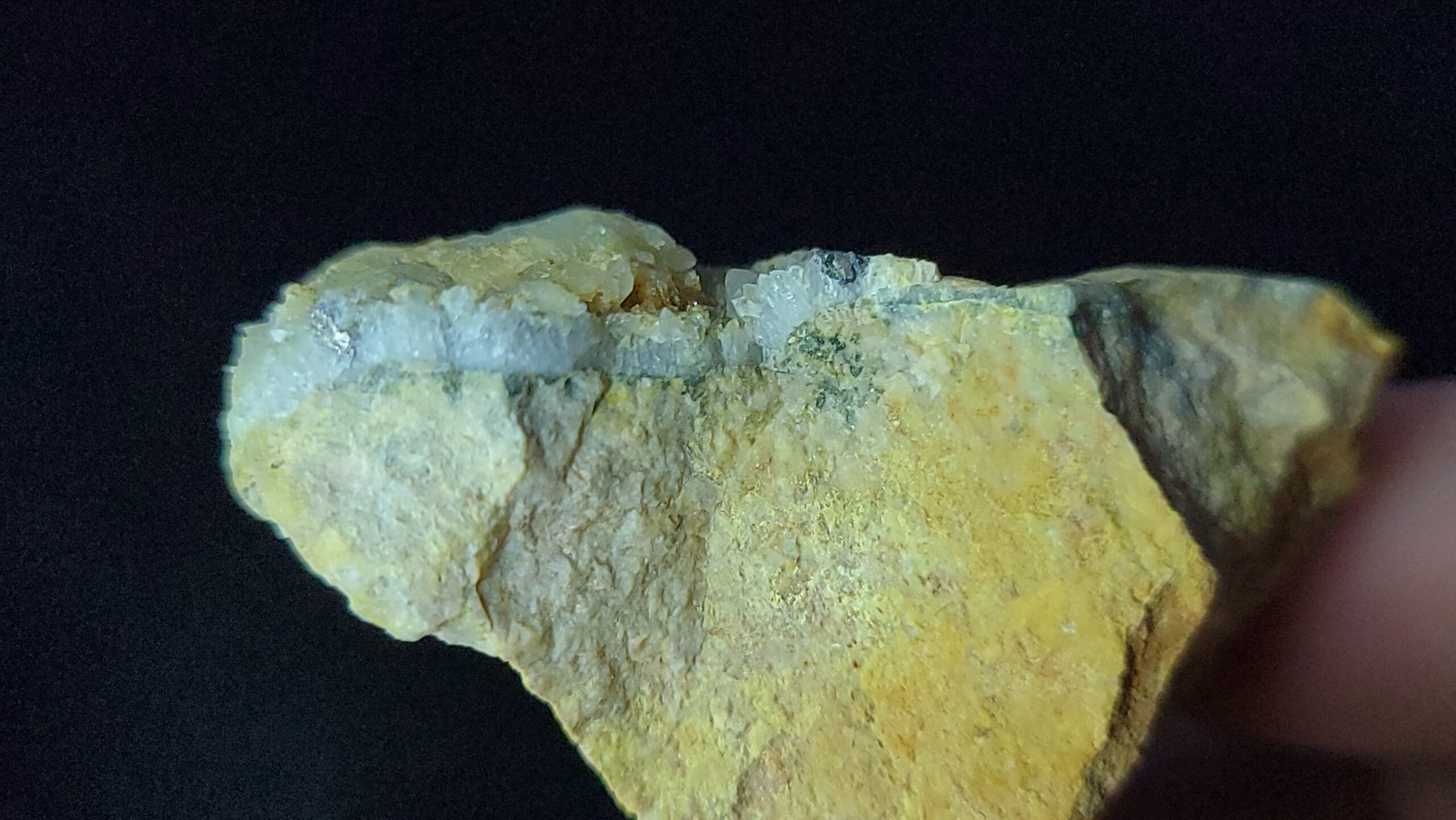
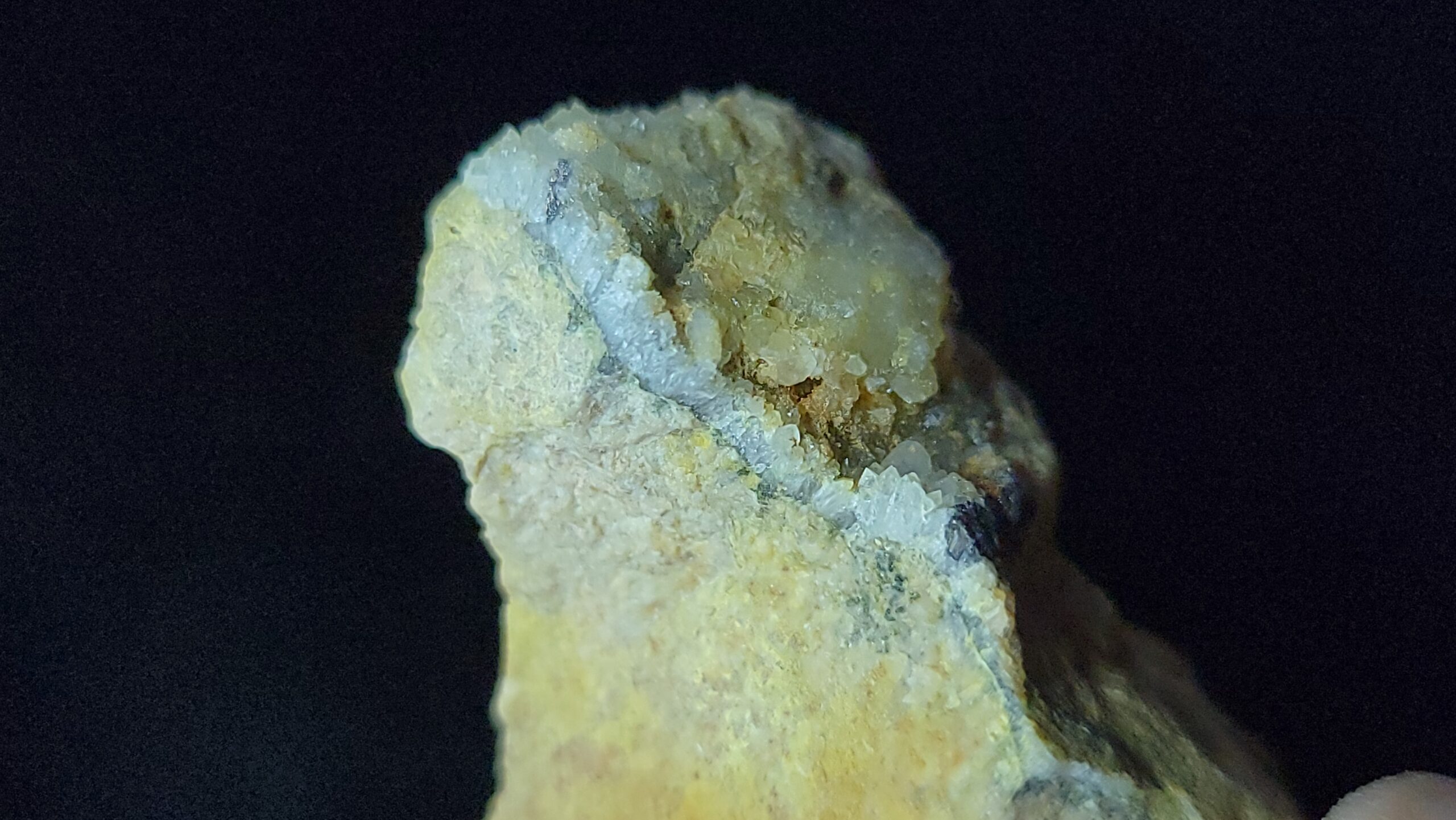

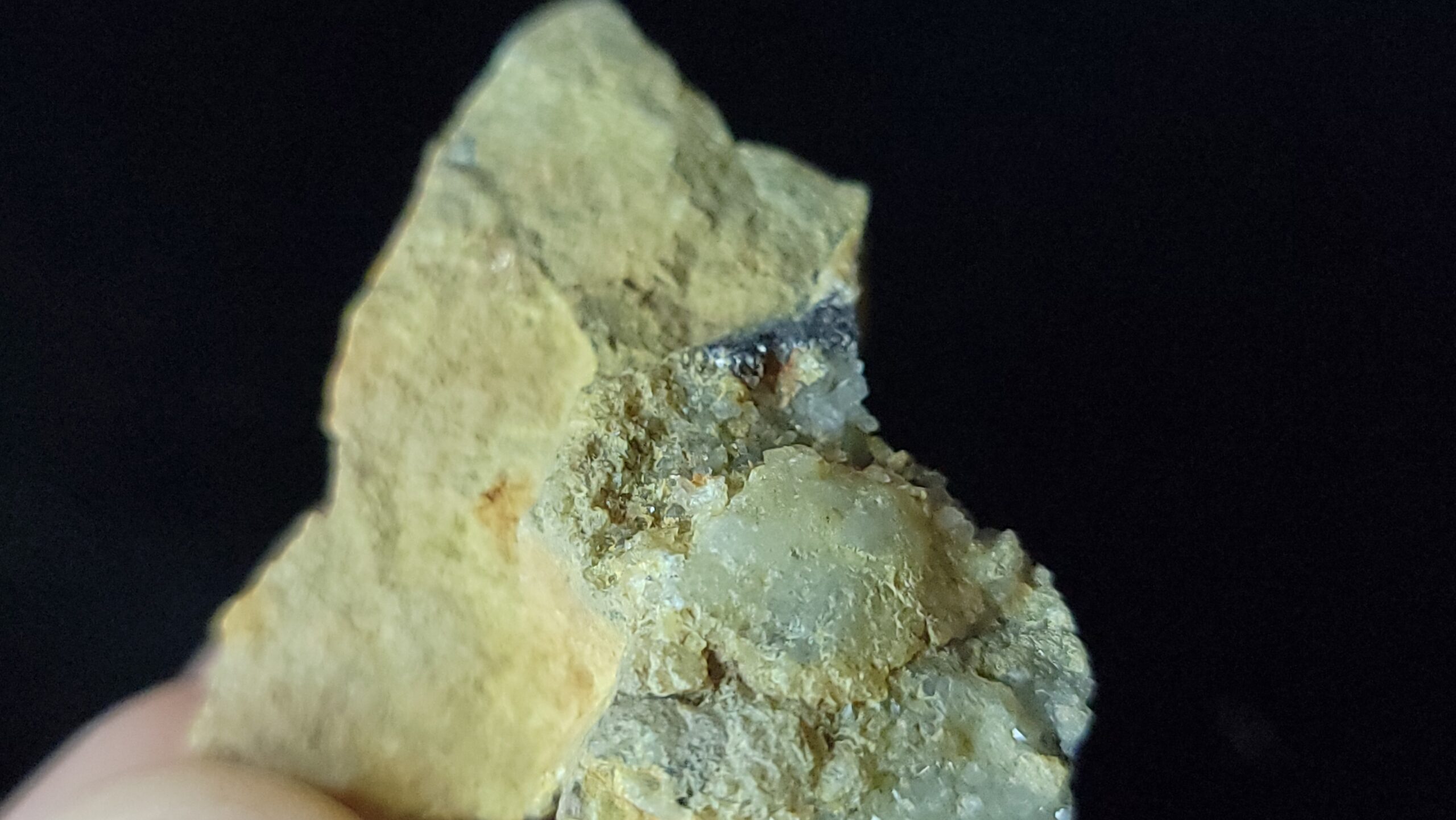
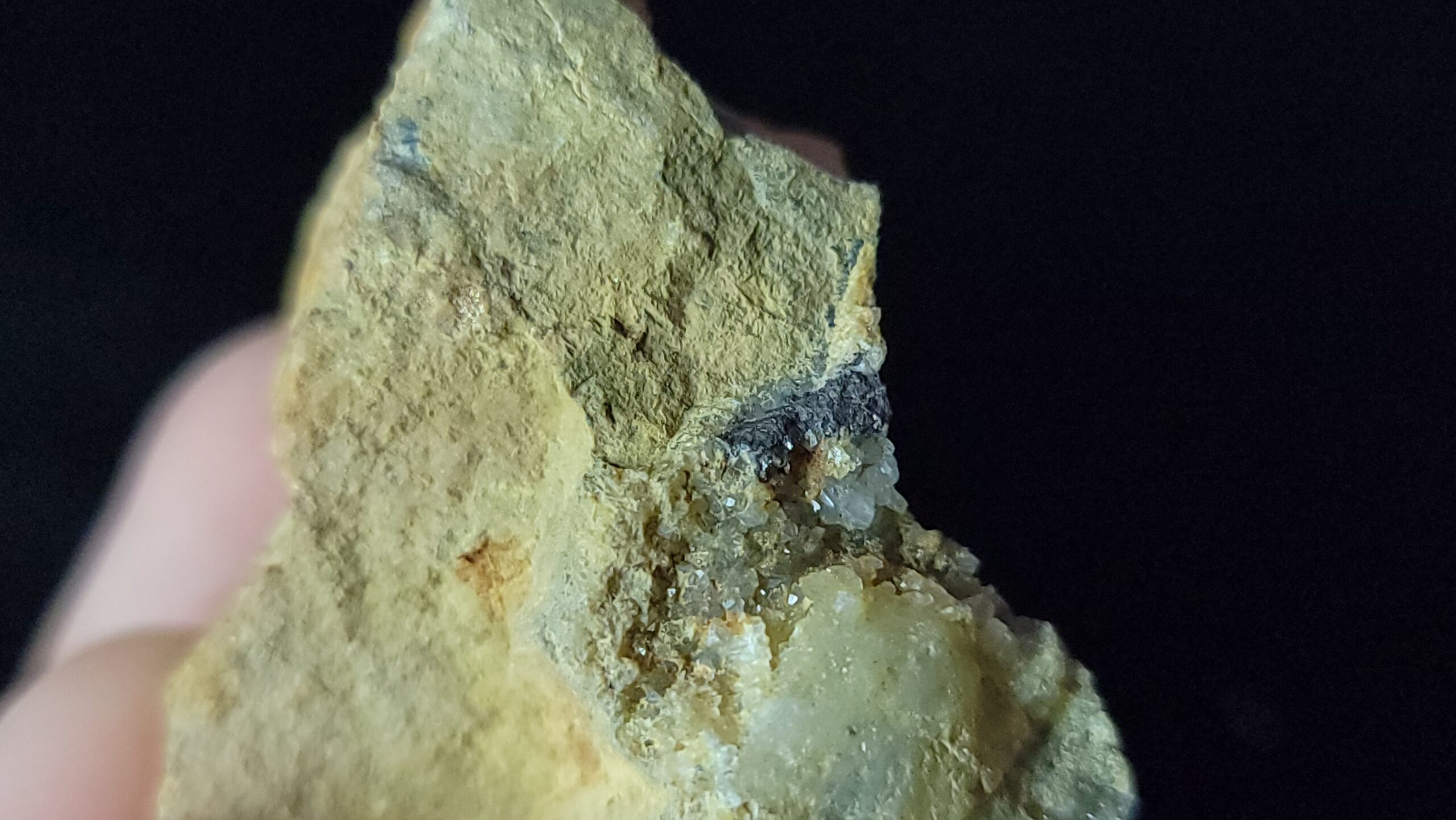
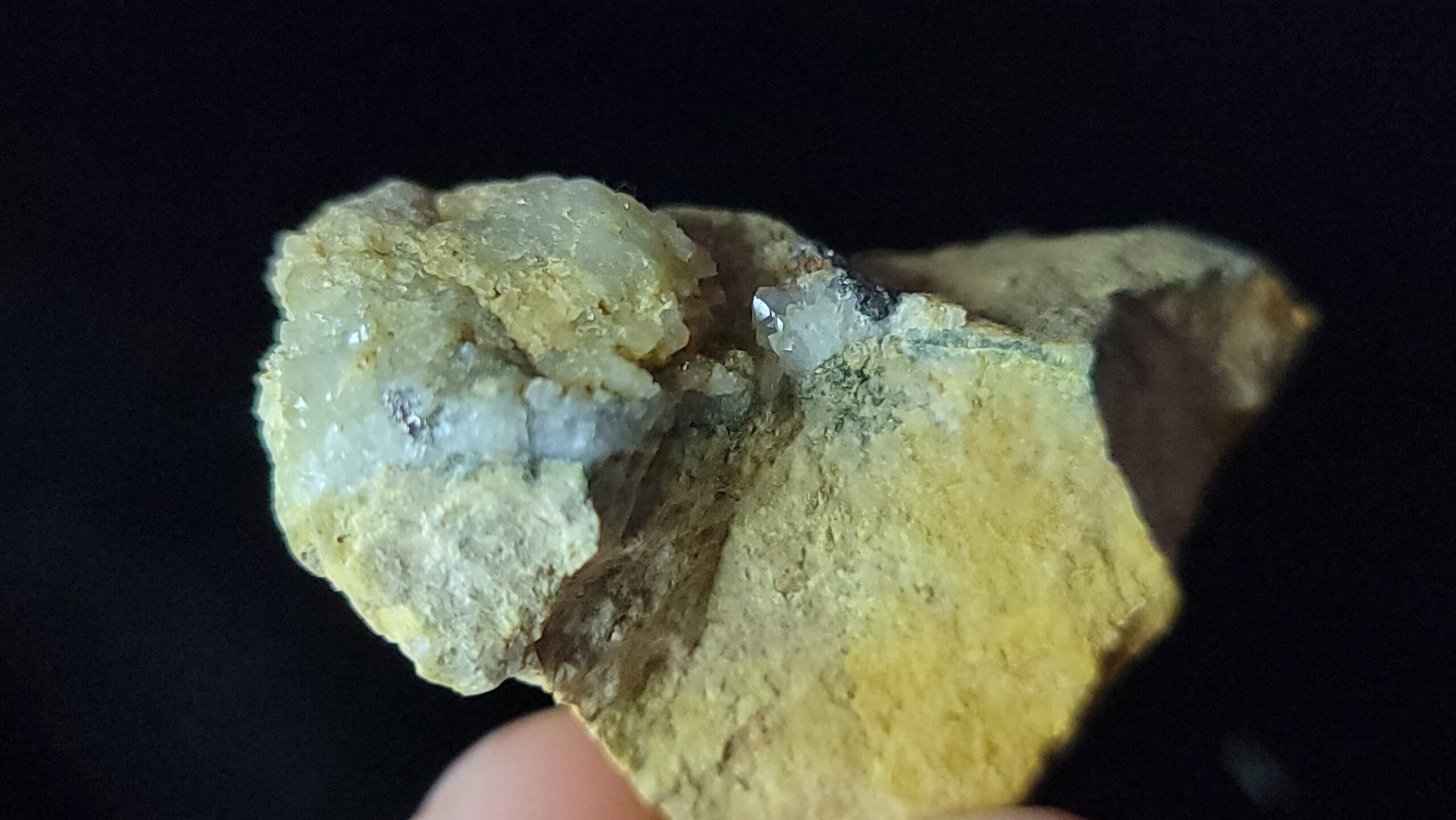
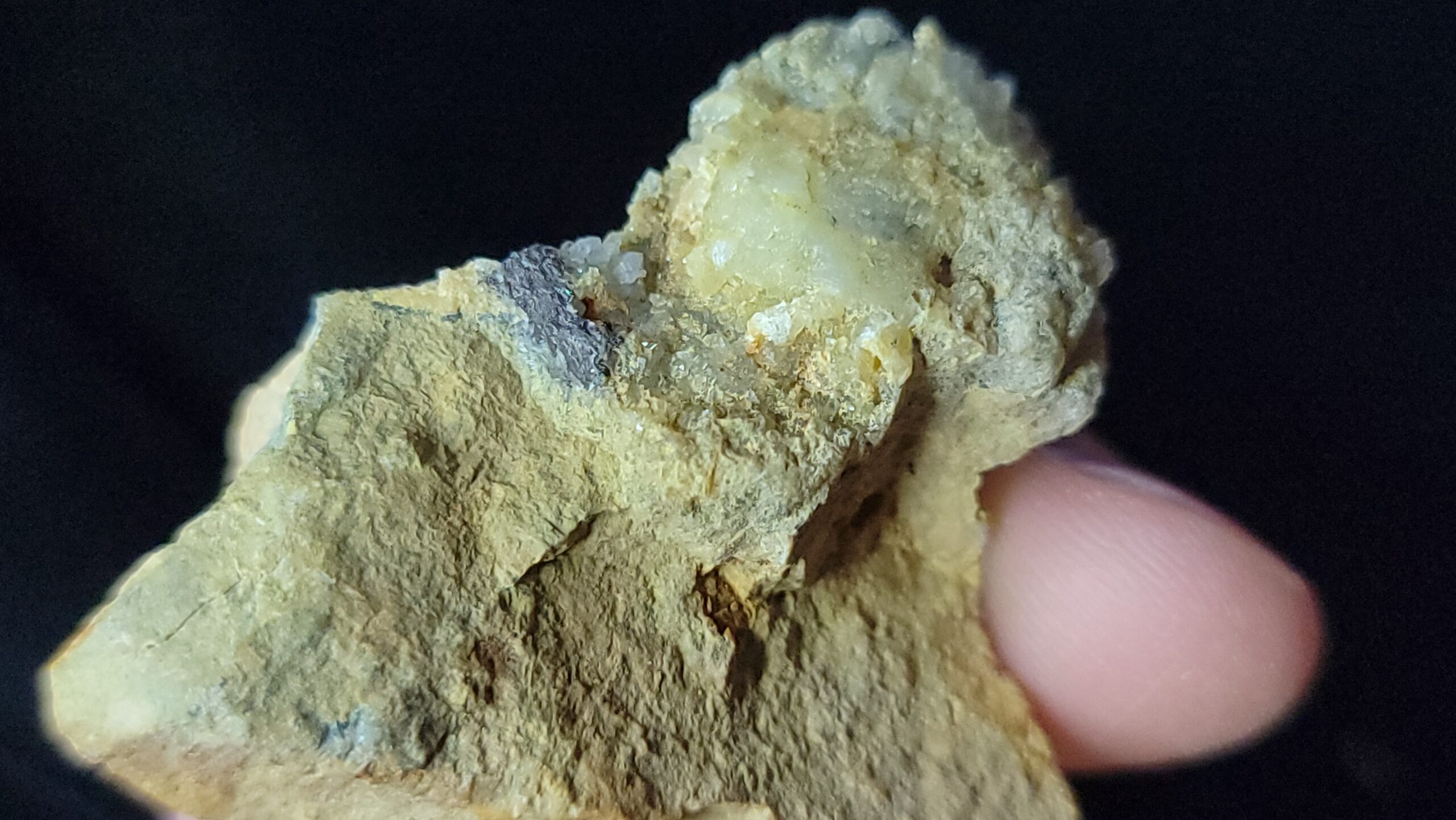




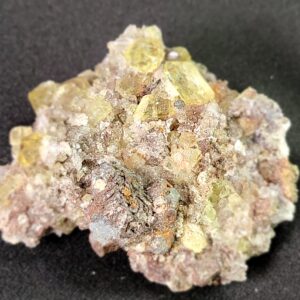

Reviews
There are no reviews yet.